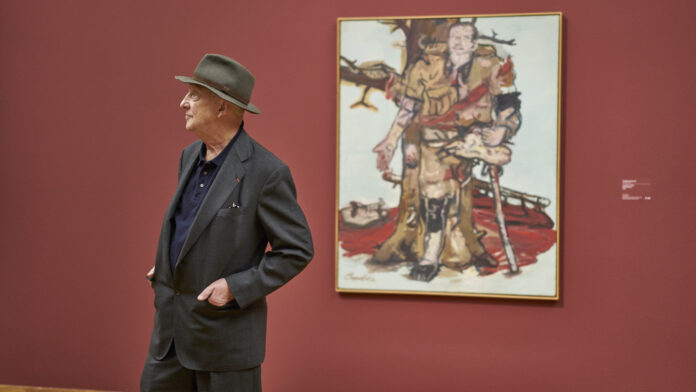Only a few artists who have received worldwide recognition manage to continue to be themselves and not be afraid to go beyond. One of them is the German painter Georg Baselitz. The contemporary artist has never looked for simple solutions in creativity and has always been ready to take risks.
The real name of the artist is Hans-Georg Kern, and he came up with a pseudonym in honor of his hometown of Deutschbaselets, located near Dresden. Throughout his life, Georg Baselitz continued and continues to engage in creative activities and create works in which he vents his thoughts and feelings, and they often cross moral and ethical boundaries.
Today we’re discovering 10 things you need to know about Baselitz, “a good artist of bad painting”.
Georg Baselitz lived at a school.
His father was a school teacher, so Georg lived with his family on the school grounds. But as you know, there is no evil without good. Thanks to the school library, he first discovered art in a 19th century sketchbook. Moving from one school to another, he entered the Higher School of Art in East Berlin. But the novice artist did not stay long in this educational institution. Soon he was expelled for “socio-political immaturity”, so he entered the Berlin University of the Arts in West Berlin.
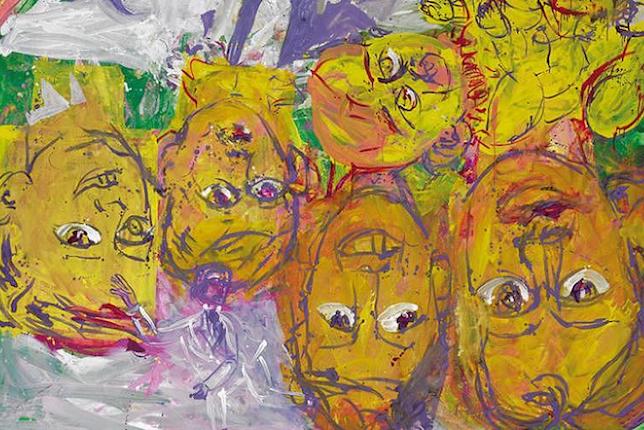
Georg Baselitz painted upside-down.
After a period of experimentation where Baselitz cut his canvases into strips, he discovered a technique that would later become his artistic style and a his special trademark. In 1969, he created a work inspired by the motif of Louis-Ferdinand von Reisky’s painting “Wermsdorf Forest” (Wermsdorfer Wald), and turned it over so that the bottom became a top, or “Forest on the Head” (Der Wald auf dem Kopf). Georg Baselitz explained this intriguing gesture as a way of testing the boundaries between figuration and abstraction.

Georg Baselitz is a provocative artist.
If Baselitz were known for one thing, it would be scandals. He caused outrage during his first solo exhibition in 1963. Then two of his most daring paintings, Die große Nacht im Eimer (The Big Night in the Sewers) and Der nackte Mann (Naked Man), were confiscated by bailiffs on obscenity charges.
Baselitz took down his artworks in protest.
In 1977, during Documenta 6 in Kassel, in which he took part with Markus Lüperz, he removed his work in protest against the presence of artists from East Germany (GDR). The move caused a scandal at the time and propelled the two artists to the forefront of the international scene.
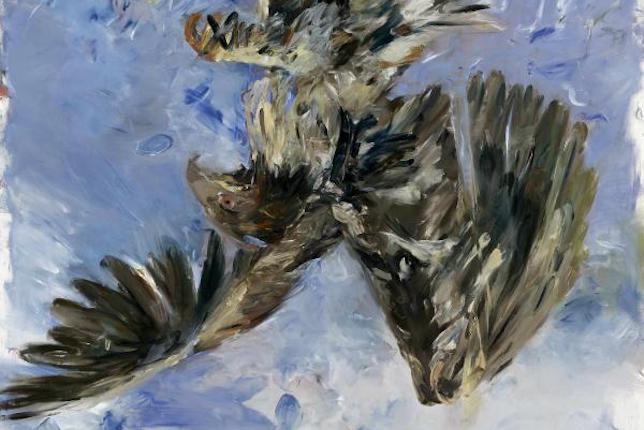
Georg Baselitz made waves at the Venice Biennale.
During the Venice Biennale in 1980 Baselitz exhibited “Model for a Sculpture”. This work was incredibly controversial as it depicted a seated figure performing what appears to be a Nazi salute. The critics went wild. However, the artist defended himself. He said he did not intend to evoke the horrors of the Nazi regime. Now it`s one of his notable artworks the opinion on which remains devided.
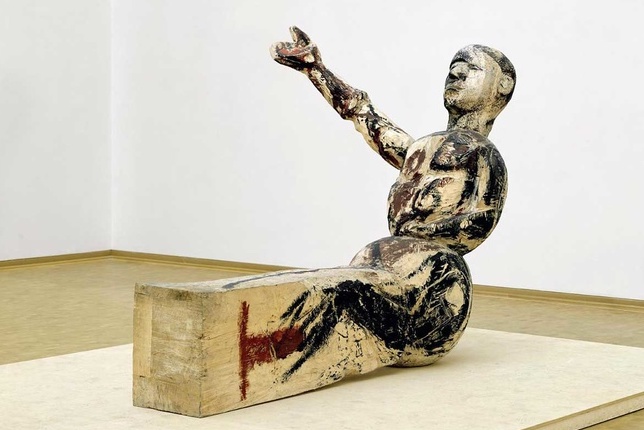
He’s a fan of Eugène Leroy’s work.
During a trip to Paris in 1960, Georg Baselitz discovered the work of Eugène Leroy which made a deep impression on him. According to the artist himself, when he discovered Leroy’s paintings at an exhibition in the Claude Bernard Gallery, he did not dare to open the gallery door so as not to buy something. He was happy to gaze at the works through the window.
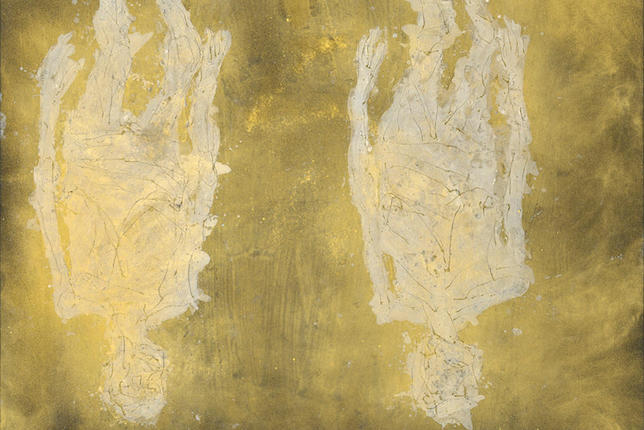
Georg Baselitz explores ageing in his paintings.
Lately, Baselitz has been painting wrinkles, sagging skin, protruding bones, angular features, and gray hair instead of the smooth, toned silhouettes associated with youth. Fragility and even death permeate these paintings. In this way, Baselitz shows that he is not afraid of the inevitable. When he gets old, so do his models.
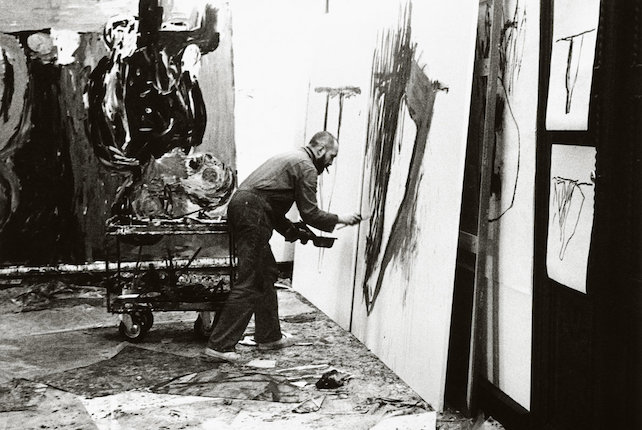
Baselitz said “women don’t paint very well. It’s a fact”.
In 2013 the German painter declared to journalists that “women don’t paint very well”. Was it a joke made in poor taste or male chauvinism? According to Georg Baselitz, to be a quality artist, a certain amount of cruelty is required, a quality that is characteristic of the male sex.
Georg Baselitz painted the Heroes series.
This series of large-format compositions depicts soldiers in uniform; muscular, armed and imposing. Despite their strength, they appear weak, destitute, and abandoned. Baselitz’s work seems to be broken apart, then reassembled and glued together again in a mess, reflecting the experience of many former soldiers in post-war Germany, where the artist lived.
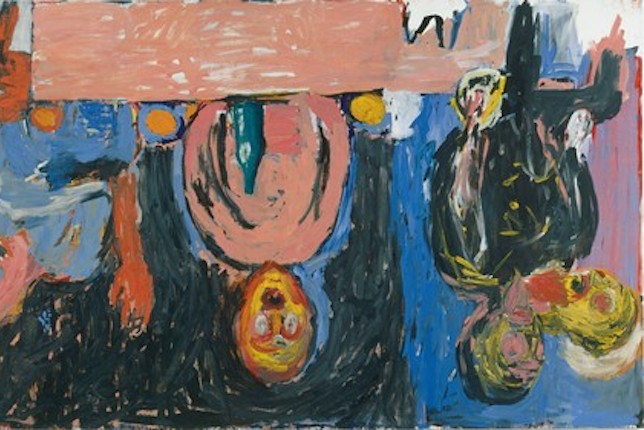
Georg Baselitz is a Neo-Expressionist.
Georg Baselitz is considered one of the pioneers of German Neo-Expressionism. In collaboration with the artist Eugen Schönebeck, he wrote two manifestos, Pandemonium (1962) and Great Friends (1965), in which he expresses his determination to resist the influence of the Paris School and American painting.

If you look at the work of Georg Baselitz from different periods of his life, it will not be possible to say exactly what was created earlier and what – later, because his paintings do not have any linear development. They differ sharply from each other both in style and quality. But despite such a variety of forms and genres, the artist still touches on the same issues from time to time, and this is especially impressive when you consider that he has been painting for more than half a century.






